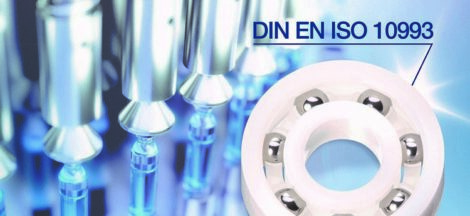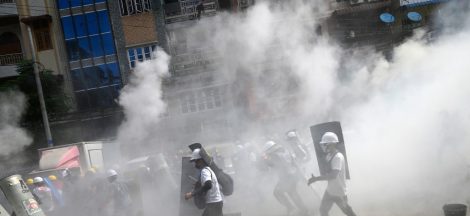Government wants to revive manufacturing to spur GDP growth. Flashy lights illuminated a room at the Bank Indonesia (BI) headquarters in Jakarta, where high-rank officials in batik were gathered to discuss one thing: What could be done to bring back Indonesia’s manufacturing heyday to boost economic growth?

Representatives of BI, the Financial Services Authority (OJK), the Office of the Coordinating Economic Minister, the Industry Ministry, the Trade Ministry, the Finance Ministry and the Public Works and Housing Ministry, as well as regional governments and the private sector, convened in the quest for the ultimate answer.
After a full-day coordination meeting, the central bank leadership announced on Wednesday evening six measures to spur the manufacturing, an important element of Indonesia’s economy, but one that has in recent years seen a persistent decline in its contribution to the country’s gross domestic product.
“The six strategic steps are designed to [create] a stronger manufacturing sector to achieve greater economic growth in the country,” said BI Governor Perry Warjiyo, who led the central-regional coordination meeting.
Contributing around 20 percent to Indonesia’s GDP, the manufacturing industry’s share has persistently declined from its peak of more than 30 percent in 2002. The government is convinced that reviving manufacturing can boost economic growth, which slid to the lowest level in two years at 5.05 percent year-on-year in the second quarter.
The development of the manufacturing industry would revolve around the automotive industry, textiles and footwear, as well as industries that support the development of these, such as rubber and steel, the public stakeholders agreed.
Of the six measures agreed at the meeting to take on the challenges of Indonesia’s manufacturing industry, one policy that stands out as fresh is a relaxation of loan-to-value (LTV) and down payment requirements for “green financing”.
The BI, the OJK and the government did not elaborate on the plan, but the policy is likely to encourage bank financing for the purchases of electric vehicles.
Most of the other steps were not new, such as pushing infrastructure development to increase logistic efficiency, easing licensing procedures through the Online Single Submission (OSS) system and creating a more conducive regulatory environment through tax incentives, said Coordinating Economic Minister Darmin Nasution.
“As for infrastructure, we already have [new] toll roads, like the trans-Java toll road, as the backbone. However, economic and industrial centers are not always located at the backbone [along toll roads], thus we need new development [to foster integration],” said Darmin.
The government will also focus on integrating development between different regions, especially West Java, Central Java, East Java, Banten and South Sumatra, to improve freight connectivity.
Another of the six agreed measures is to support payment systems by expanding local currency settlement, developing a national clearance system (SKNBI) and the Indonesian Standard QR Code (QRIS).
On the trade and investment front, the government has pledged to negotiate for Indonesia’s manufacturing industry to be a global brand supplier, boost trade exhibitions and missions and expedite comprehensive economic partnership agreement (CEPA) talks with Australia, the European Union and Chile.
Trade Minister Enggartiasto Lukita promised Indonesia that would consider more trade deals with other countries to increase export market access.
“As of today, we already have 14 trade deals, and by the end of the year, we will have three more, so 17 in total,” said Enggar.
Reviving Indonesia’s manufacturing sector by boosting exports was crucial to achieve higher economic growth, which has been overshadowed by current account deficit pressure from the trade deficit, said BI Deputy Governor Dody Budi Waluyo.
The manufacturing sector grew by 3.5 percent yoy in the second quarter of this year, compared with the broader GDP growth of 5.05 percent. Dody said the manufacturing industry growth rate could reach 6 to 7 percent, without elaborating.
“No wonder our economic growth is only around 5 percent in 2019. The challenge now is how to push the manufacturing sector to achieve greater growth,” Dody added, noting two issues that had hampered the country’s manufacturing industry: first, connectivity with other sectors that could boost productivity and second, a lack of priority subsectors within the manufacturing industry for the government to focus on.
The manufacturing industry accounts for around 11 percent of overall employment in Indonesia, according to data from a joint Asian Development Bank (ADB)-National Planning Agency (Bappenas) report titled Policies to Support the Development of Indonesia’s Manufacturing Sector during 2020-2024. Most workers, or around 50 percent, are employed in the service sector, and the rest in the primary sector, namely agriculture, forestry and fishing. Government wants to revive manufacturing to spur GDP growth (Riza Roidila Mufti, The Jakarta Post)





 As Payments Become More Digitalized, Cyber Security is Paramount: BI
As Payments Become More Digitalized, Cyber Security is Paramount: BI 